
Intelligence
Expanding tilapia supply meets growing global market
Global tilapia production and consumption growth has mirrored the species' versatility. The fish will remain integral to rural aquaculture development.
Health & Welfare
Selective breeding across multiple generations of Nile tilapia representing varied geographic populations yielded the “genetically improved farmed tilapia,” or GIFT tilapia, in the late 1990s.

Intelligence
Global tilapia production and consumption growth has mirrored the species' versatility. The fish will remain integral to rural aquaculture development.
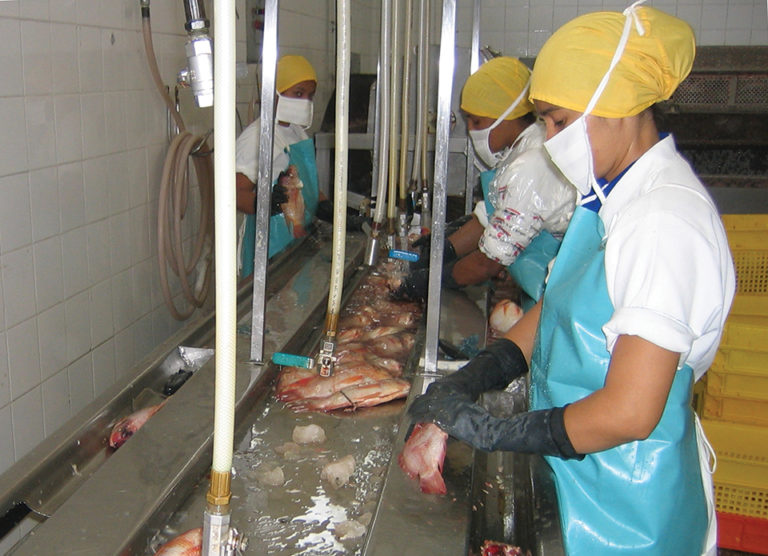
Intelligence
The most important quality issue for tilapia is the presence of off-flavors that derive from cyanobacteria and actinomycetes, which can be addressed by depuration.
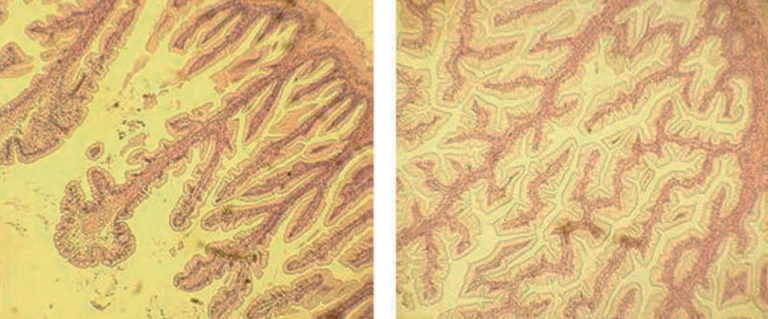
Health & Welfare
Several trials in Ecuador and Thailand showed that nucleotide supplementation in feed can improve growth and survival in shrimp and tilapia production.
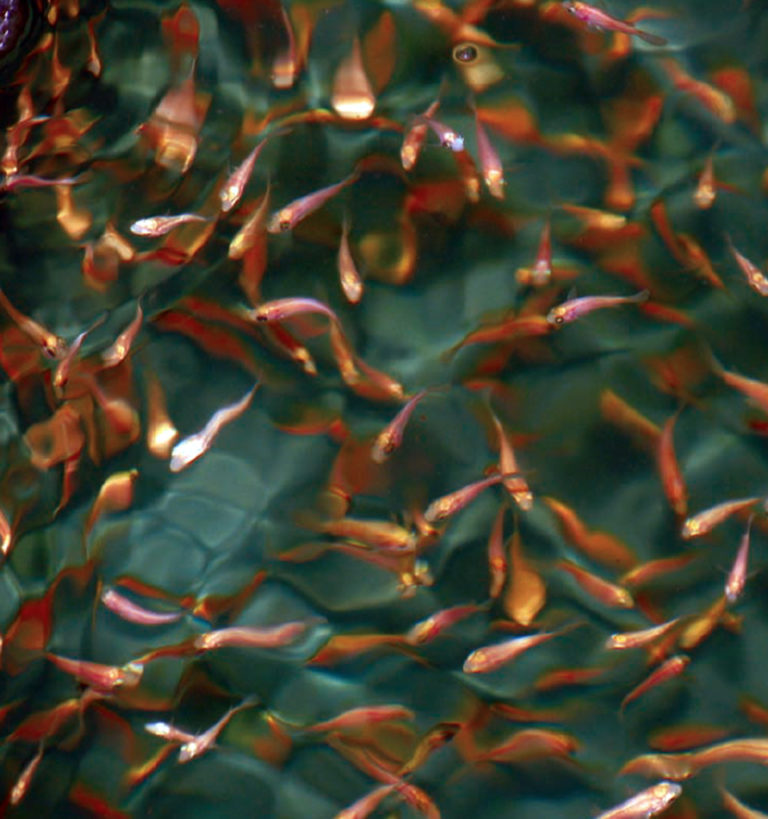
Health & Welfare
Tilapia vaccines can protect the fish against infectious diseases by providing pathogen-specific acquired immunity that prevents recurring infections.
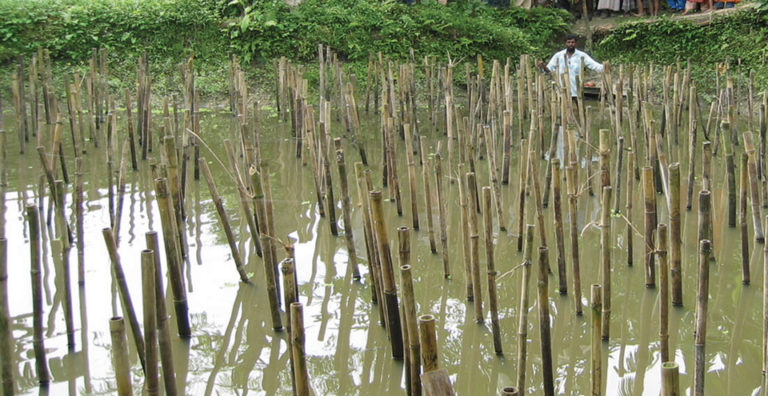
Health & Welfare
In periphyton-based aquaculture, the various invertebrates that colonize the hard substrates provided in ponds supplement artificial feed.
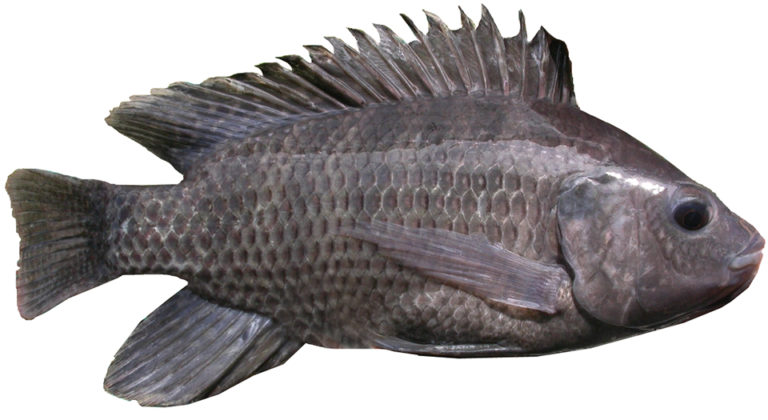
Health & Welfare
Vitamin E is a required element in tilapia diets influenced by dietary lipid levels. A 5 percent lipid diet is sufficient to maintain immune responses and healthy reproduction.
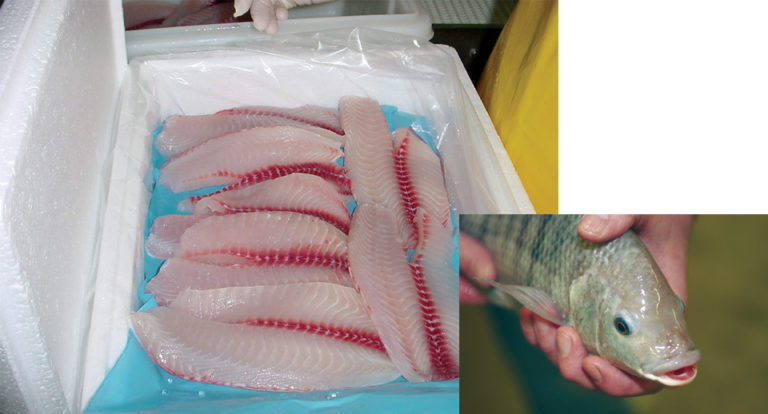
Intelligence
Research has found that varying feed composition results in major differences in the polyunsaturated fatty acid composition of tilapia.
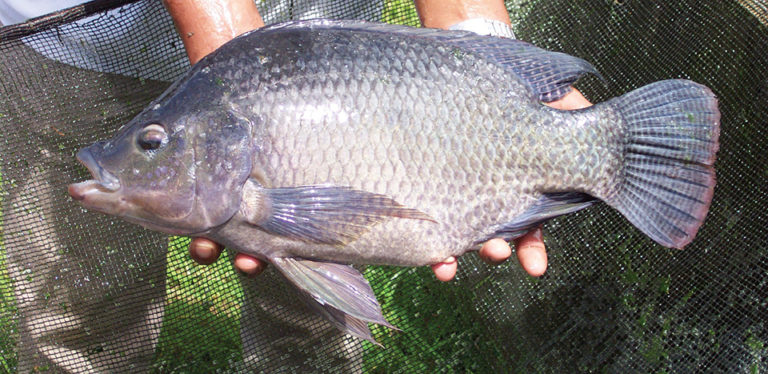
Health & Welfare
Determining changes in the genetic diversity of selected hatchery stocks provides a means to monitor inbreeding, control loss of genetic diversity and achieve sustainable levels of genetic gain.
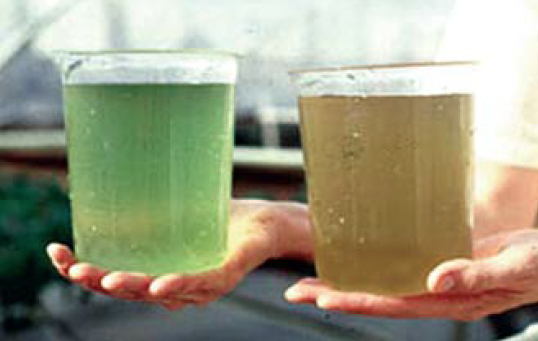
Health & Welfare
Microbial flocs consist of a variety of bacteria, fungi, microalgae and other organisms suspended with detritus in culture water.
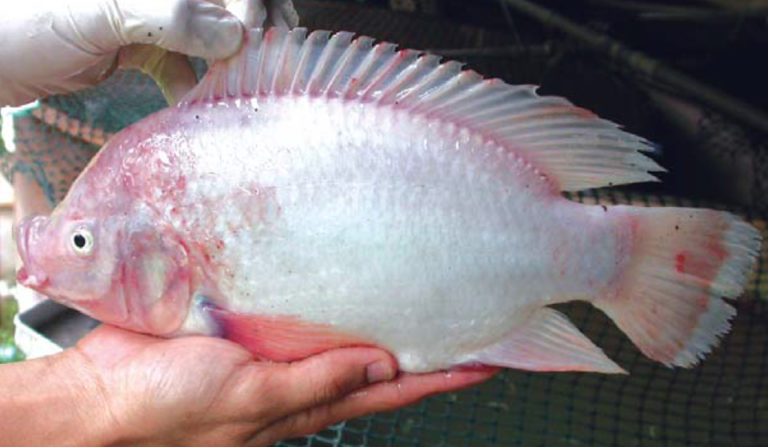
Aquafeeds
The optimum dietary lipid level for tilapia ranges from 10 to 15 percent. Various vegetable oil products show promise as replacements for fish oil in feeds.
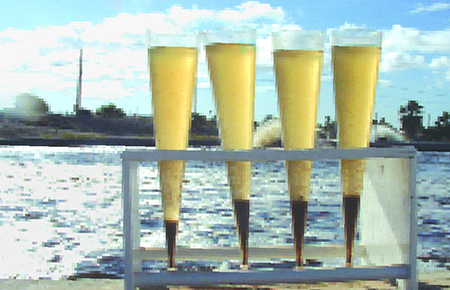
Health & Welfare
In a study, microbial flocs contributed about 50 percent of feed material as dry solids and about 50 percent of the protein requirement of tilapia.

Responsibility
Tilapia culture is an important component of local food production in Honduras. Rising exports have raised in-country demand and production.
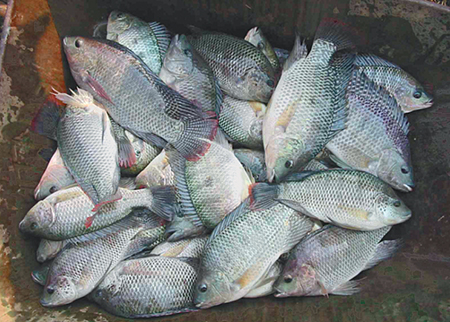
Intelligence
African fish hatcheries were built to produce catfish and tilapia fingerlings, but practices that fail to maintain genetic diversity limit growth performance.
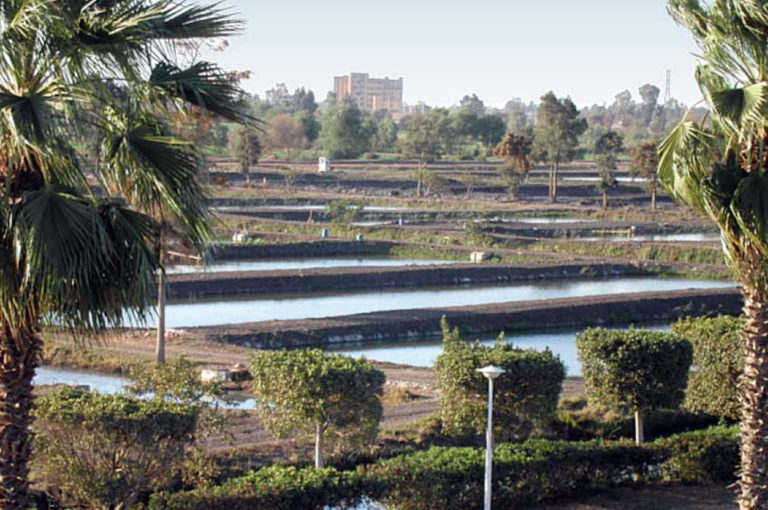
Intelligence
The contribution of tilapia culture in Africa to world tilapia production is low, despite the fact that these fish are originally African.
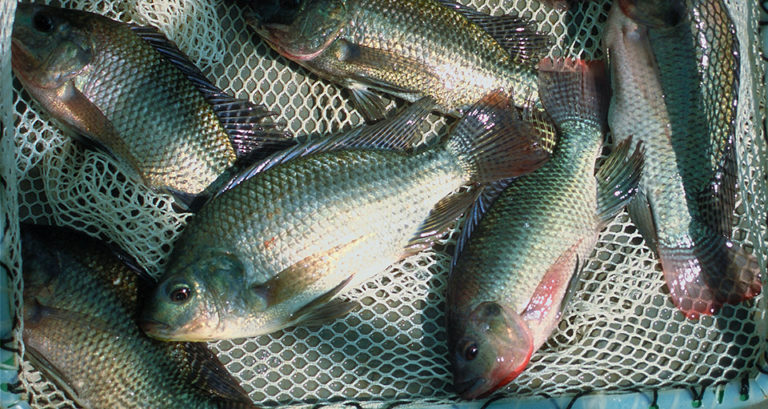
Intelligence
With university assistance, traditional farmers in Oman are evaluating the culture of tilapia in farm areas with saline groundwater.